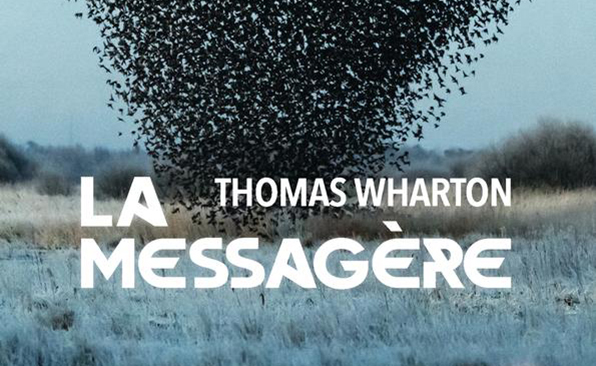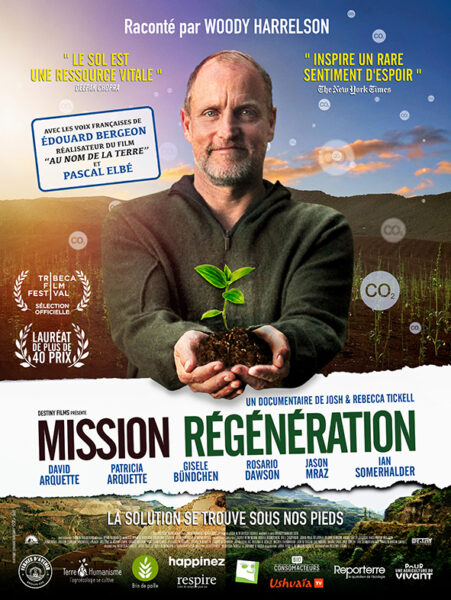This article on the prospects for French agriculture up to 2015 reviews the work of a futures study group set up by the ‘Datar’ (the French regional land-use planning authority) chaired by Philippe Lacombe, which met between 1997 and 2000 to explore the possible futures for French agriculture by building scenarios.
The authors explain that in the 1970s agricultural policy (and the resources mobilized by the main interested parties, including farmers and public authorities) had a clear aim: to ensure that Europe could feed itself. Since then, several key questions have been raised, in particular about the scale of government subsidies for agriculture, the way that subsidies distort competition, the globalization of markets, the increasing size of farms and the growth of industrial food production… In addition, there are fears arising from technical progress, ranging from legitimate concerns about damage to the environment and conservation measures, to the demands for better quality products generated by new lifestyles, and the boom in leisure and the spread of other uses of rural areas.
The time was therefore ripe for an examination of the future of agriculture, its products and markets, the way it functions and the strategies of those involved in it (those who work on the land, public authorities and agribusiness). The working group interviewed over a hundred experts and arranged eight study days on different subjects; it then embarked on a future-oriented approach, first breaking down the issues into five main topics (the economic and social context, markets and government policies, farming techniques and practices, producers and professional organizations, heritage and rural areas), then examining how the key variables might change, what the scenarios might be for the different subsystems, and finally what the overall possible futures there might be for agriculture over the next 15 years.
The authors present the four main scenarios to be considered further:
– policies gradually come into line with the Common Agriculture Policy of the European Union;
– in a complete break with the past, the government withdraws support and leaves agriculture entirely to market forces;
– public subsidies are re-allocated, but only on condition that, in particular, the quality of food improves;
– a shift in emphasis of agricultural policy so as to be more concerned with rural development.
Pierre-Yves Guihéneuf and Philippe Lacombe show how these different scenarios could evolve over time, stressing how they might work together or clash, and what variations might be envisaged. Above all, they point out the consequences of these alternative futures for agriculture and the regions, and they highlight three possible options for government intervention: close central control over agriculture, greater reliance on market forces or policies linked to local conditions, depending on the priority chosen.
L'agriculture française : quatre scénarios à l'horizon 2015
Cet article fait partie de la revue Futuribles n° 272, fév. 2002



